If you’ve ever watched anime, visited Japan, or explored Japanese cuisine beyond sushi, you’ve likely encountered onigiri – those triangular or round rice balls that are as ubiquitous in Japan as sandwiches are in America. These portable, delicious rice treats are not just convenient food; they represent centuries of Japanese culinary tradition and cultural significance.
Onigiri (おにぎり) are hand-shaped rice balls often wrapped in nori (seaweed) and filled with savory ingredients. They’re the original Japanese fast food – portable, nutritious, and deeply satisfying.
What Exactly Is Onigiri?
Unlike sushi, which uses vinegared rice, onigiri is made with plain steamed Japanese short-grain rice, usually shaped into triangles or rounds. The rice is often wrapped partially or completely in nori (seaweed) and typically contains a savory filling in the center. Think of onigiri as Japan’s answer to the sandwich – portable, customizable, and perfect for everything from quick lunches to picnics.
The Cultural Significance of Onigiri
In Japan, onigiri is more than just a convenient snack – it’s a food steeped in history and emotion. For centuries, Japanese mothers have prepared onigiri for their children’s lunches (bento), and the act of shaping rice by hand is believed to transfer the maker’s love and care into the food.
Historically, onigiri dates back over a thousand years to the Heian period (794-1185). Samurai would carry rice balls into battle, and farmers would eat them during breaks in the fields. The salt that covers the hands when making onigiri served both as seasoning and as a natural preservative in pre-refrigeration times.
Popular Onigiri Fillings Americans Should Try
While plain salted onigiri has its charm, the filled varieties offer an exciting glimpse into Japanese flavor profiles. Here are some classic fillings you’ll find in Japan:
- Umeboshi (pickled plum) – Tangy, salty, and slightly sour, this bright red pickle is perhaps the most traditional filling
- Sake (salmon) – Flaked salted salmon is beloved for its savory flavor
- Tuna Mayo – A modern favorite combining canned tuna with Japanese mayonnaise
- Konbu (kelp) – Simmered seaweed with a unique umami flavor
- Mentaiko (spicy cod roe) – Spicy, briny, and distinctively Japanese
- Okaka (bonito flakes with soy sauce) – Smoky and intensely savory
In American Japanese restaurants and markets, you’ll typically find salmon, tuna mayo, and umeboshi varieties, though more options are becoming available as onigiri grows in popularity.
Where to Find Onigiri in America
As Japanese food continues to gain popularity in the US, onigiri is becoming increasingly available:
- Japanese markets like Mitsuwa, Nijiya, and Marukai often have fresh onigiri in their prepared foods section
- Specialty onigiri shops are popping up in cities with large Japanese populations like Los Angeles, New York, and Seattle
- Some Japanese restaurants now include onigiri on their menus, especially those focusing on home-style cooking
- Online retailers sell shelf-stable or frozen onigiri that can be shipped nationwide

Pro tip: If you’re buying pre-packaged onigiri, look for those with separate seaweed packets. The nori is kept separate until eating time to maintain its crispness!
Make Your Own Onigiri: A Simple Recipe
Basic Onigiri Recipe
Ingredients:
- 2 cups Japanese short-grain rice (sushi rice)
- 2½ cups water
- ½ teaspoon salt (for your hands)
- 4-5 sheets of nori (seaweed), cut into strips
- Fillings of your choice (canned tuna mixed with mayo is an easy start)
Instructions:
- Rinse the rice until the water runs clear, then cook according to package instructions
- Let the rice cool just enough to handle (still warm)
- Wet your hands and sprinkle with salt to prevent sticking
- Place about ¼ cup of rice in your palm and make an indentation
- Add 1-2 teaspoons of your filling
- Cover with a bit more rice and shape into a triangle or ball
- Wrap with a strip of nori at the base (the traditional way to hold it)
- Enjoy immediately or wrap in plastic for later!
Onigiri vs. Sushi: Understanding the Difference
Americans often confuse onigiri with sushi, but they’re quite different:
- Rice preparation: Sushi uses vinegared rice; onigiri uses plain steamed rice
- Purpose: Sushi is considered a delicacy; onigiri is everyday comfort food
- Fillings: Sushi typically features raw fish; onigiri has cooked or preserved fillings
- Eating style: Sushi is eaten in one bite with chopsticks; onigiri is held in the hand like a sandwich
Bongo: Japan’s Legendary Onigiri Shop
No discussion of Japanese onigiri culture would be complete without mentioning “Bongo,” a legendary onigiri specialty shop in Tokyo. Bongo has earned its reputation through a commitment to traditional methods and carefully selected ingredients. Its popularity extends beyond Japan, with international tourists making it a must-visit destination for experiencing authentic Japanese food culture.
At Bongo, every step of the process reflects the artisan’s dedication – from cooking the rice to preparing the fillings and the careful hand-shaping technique. The onigiri crafted by the shop’s owner maintains the perfect firmness and warmth, offering a simple yet profound flavor experience. While classics like salmon and umeboshi are always available, they also offer seasonal specials that provide new discoveries with each visit.
What makes Bongo’s onigiri special is the quality of rice used and the temperature control during the shaping process. When warm rice is shaped by hand, the natural sweetness of the rice is enhanced and harmonizes perfectly with the fillings. This is truly the essence of Japanese “home cooking.”
The YouTube video “Bongo Documentary” offers a fascinating look inside the shop, showcasing the owner’s onigiri-making techniques and revealing the secrets behind their enduring popularity. For those unable to taste authentic Japanese onigiri in America, this video provides a window into the depth of Japanese onigiri culture.
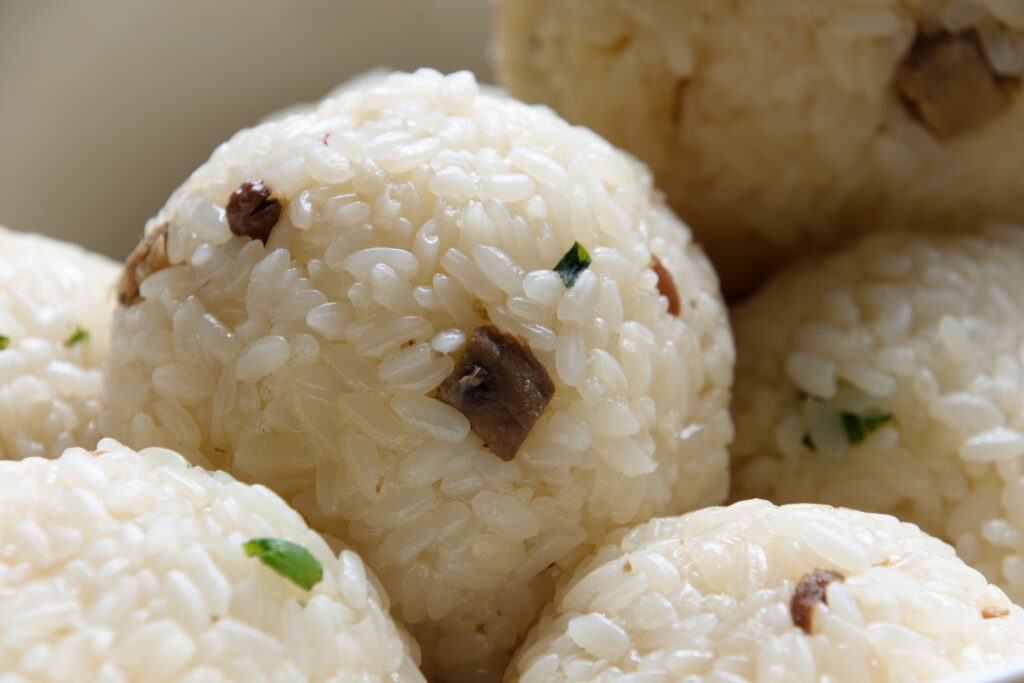
Modern Onigiri Trends
While traditional onigiri remains beloved, contemporary variations are expanding its appeal:
- Onigirazu – A “sushi sandwich” with nori on the outside and layers of fillings
- Yaki Onigiri – Grilled rice balls brushed with savory sauce
- Fusion fillings – From Korean kimchi to Italian pesto and beyond
- Character onigiri – Cute designs (similar to bento art)
Why Onigiri Is Perfect for American Lifestyles
As Americans seek healthier, more convenient meal options, onigiri offers several advantages:
- Portability – perfect for busy commuters and school lunches
- Portion control – each onigiri is a satisfying single serving
- Customizability – diverse filling options for various dietary preferences
- Healthy option – brown rice versions offer enhanced nutrition
Final Thoughts: Sharing Onigiri Culture Globally
Onigiri represents the beauty of Japanese food culture – the wisdom of transforming simple ingredients into nutritious, portable, and delicious food. The existence of specialty shops like Bongo demonstrates how deeply Japanese people cherish onigiri. In America too, as interest in diverse cuisines continues to grow, onigiri has the potential to become the next Japanese food trend following sushi and ramen.
Offering an accessible taste of traditional Japanese flavors, onigiri can serve as a wonderful bridge for cultural exchange. The next time you’re looking for a convenient lunch option, why not try this Japanese everyday food instead of a sandwich?


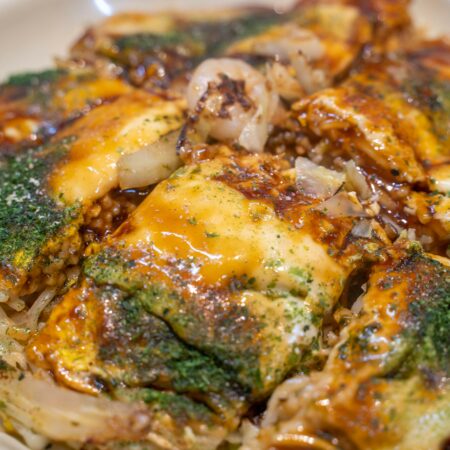
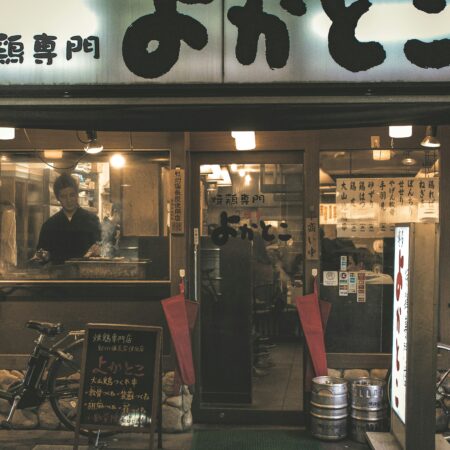
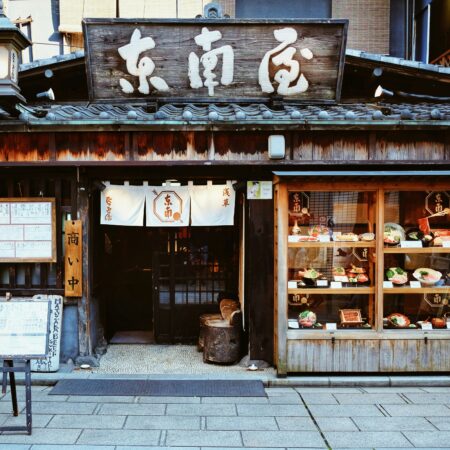

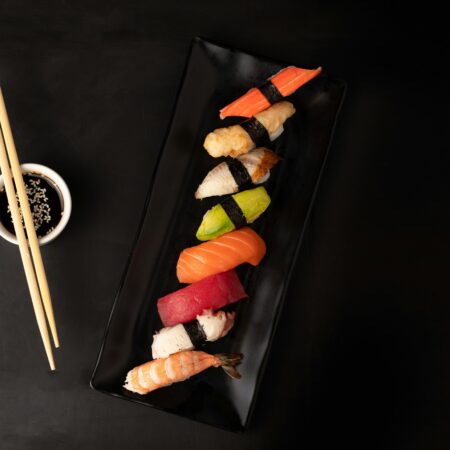
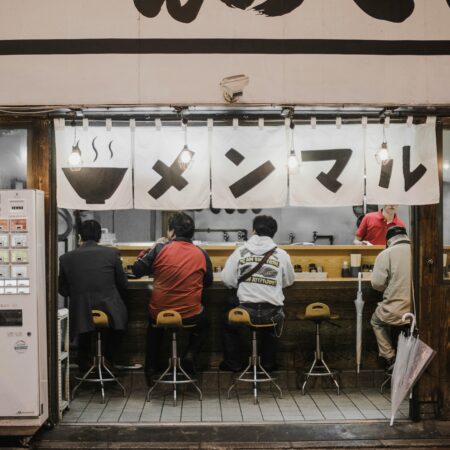

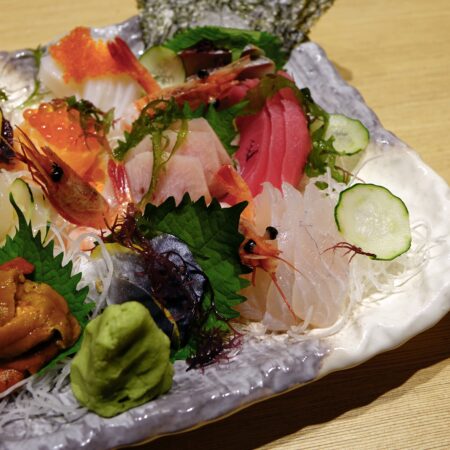
コメント